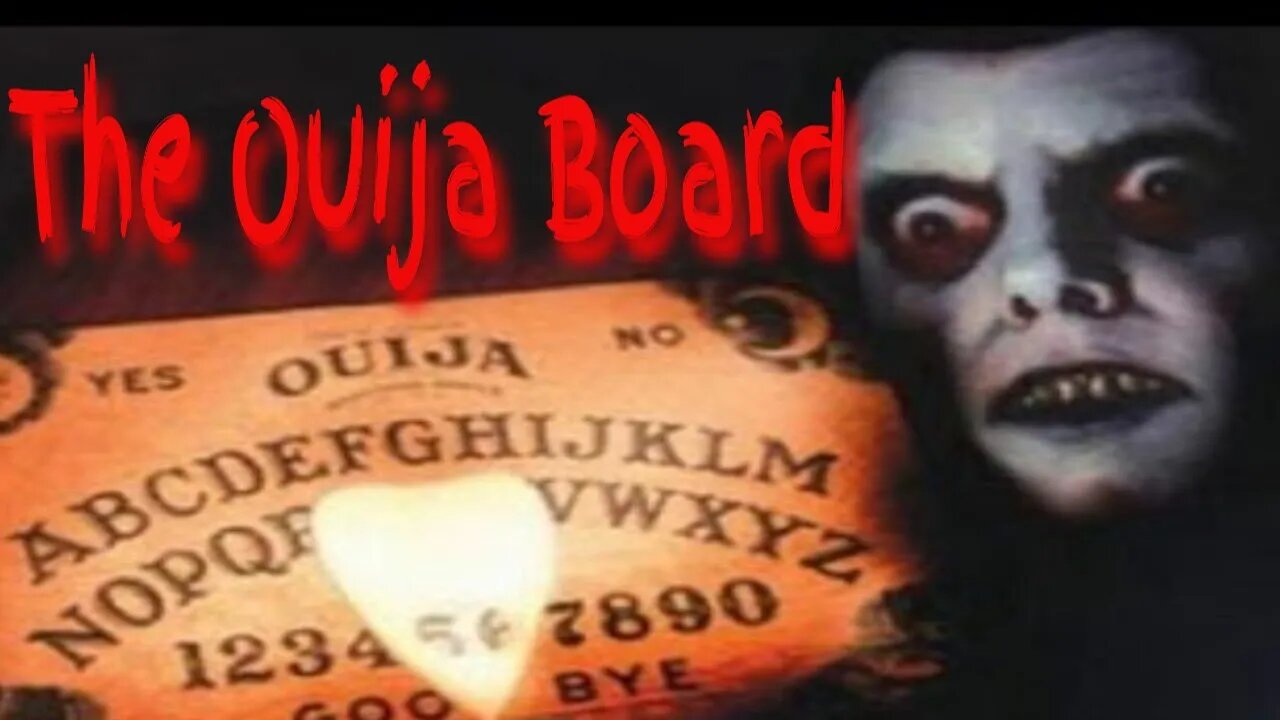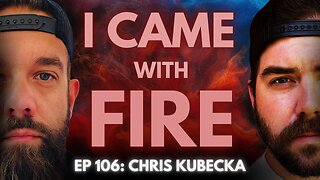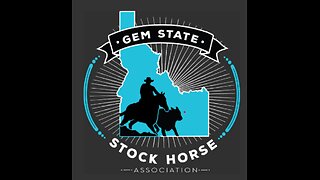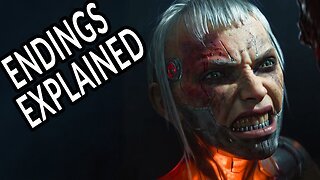Premium Only Content

History of the Ouija Board
Of all of the ways of supposedly contacting the dead and the world beyond what we see, by far the most widely available and easy-to-use is the Ouija board. It has variously been called a party game or a potent window to another realm, and has been the basis for numerous movies, books, and TV shows. Is there anything to the stories of supernatural forces reaching out through them or is this just tricks of the mind? Here we will take a look at the very odd history and mysterious legacy of one of the most bizarre board games you can buy.
The infamous Ouija board is in and of itself rather innocuous, basically just a flat board upon which are written the numbers 0 to 9, the words “Yes,” “No,” “Hello,” and “Goodbye,” and the letters of the alphabet, all flanked by various symbols and designs. Sitting upon it is a heart-shaped wooden or plastic planchette, with a small circular glass portion in its center. That’s essentially it, and it seems like a rather harmless object, all things considered. Two or more players sit around and lightly place their fingers on the planchette, which seems to move about on its own volition to answer questions directed at it by placing itself over the words or letters upon it. This simple premise has gone on to spawn all manner of weird stories, and taken its place as a fixture of the paranormal world. Depending on who you ask this simple board is just a parlor trick and trick of the mind or a powerful portal through which spirits come bursting forth into our world, but how did this all begin and how is it that the Ouija board has become so notorious? Well, the history of this little game is almost as strange as any phenomena attributed to it.
The first Ouija board as it mostly appears today was marketed in the days after the Civil War in 1891, by businessmen Elijah Bond and Charles Kennard, in Baltimore, Maryland and their company the Kennard Novelty Company, although the patent for the board was actually filed in 1890. The actual patent process is an interesting story in and of itself. Allegedly, the patent office demanded that a demonstration be carried out in order to prove that the board worked as advertised before a patent would be granted. The test was supposedly that the patent officer had Bond and an associate sit at the board and asked them to have the board spell out his name. Unbelievably, the board did it, and this was enough to convince the officer to allow a patent on the product, labelled a “toy or game,” although it could very well be that somehow the clever business man Bond had found out the officer’s name through other means. Interestingly, this original patent for the board offers no explanation at all for how the thing actually worked, other than that it was “the involuntary muscular motion of the hands of the players, or through some other agency,” which just served to deepen its mystique.
-
 LIVE
LIVE
Major League Fishing
2 days agoLIVE! - Bass Pro Tour: Heavy Hitters - Day 1
15,239 watching -
 LIVE
LIVE
I_Came_With_Fire_Podcast
8 hours agoCyber WARFARE Strategist Says AGI Will Re-Write The LAWS of WAR and JUSTICE
188 watching -
 LIVE
LIVE
Total Horse Channel
3 hours ago2025 Gem State Stock Horse Show | Saturday
675 watching -
 14:53
14:53
Sideserf Cake Studio
3 hours agoWould You Gift These Edible Friendship Bracelets?
118 -
 23:53
23:53
ThinkStory
22 hours agoLOVE, DEATH + ROBOTS Season 4 Every Ending Explained!
86 -
 26:23
26:23
ArturRehi
21 hours agoEstonian Navy Stopped a Russian Ship | Russian Jets Breached Estonian Airspace | Ukrainian update
31 -
 1:13:19
1:13:19
Trumpet Daily
1 day ago $3.04 earnedChina Prepares to Shut Down U.S. Power Grid - Trumpet Daily | May 16, 2025
2.36K13 -
![[ SABOTAGE SATURDAY ] CATCHY SAYING](https://1a-1791.com/video/fww1/d9/s8/1/5/C/9/K/5C9Ky.0kob-small--SABOTAGE-SATURDAY-CATCHY-S.jpg) LIVE
LIVE
CHiLi XDD
4 hours ago[ SABOTAGE SATURDAY ] CATCHY SAYING
152 watching -
 2:05:47
2:05:47
Sgt Wilky Plays
2 hours agoMorning Coffee and Games come by and Chat
8.85K1 -
 10:25
10:25
Sabin Civil Engineering
10 days agoSilver Bridge | The Tragedy that Changed Civil Engineering Forever
114